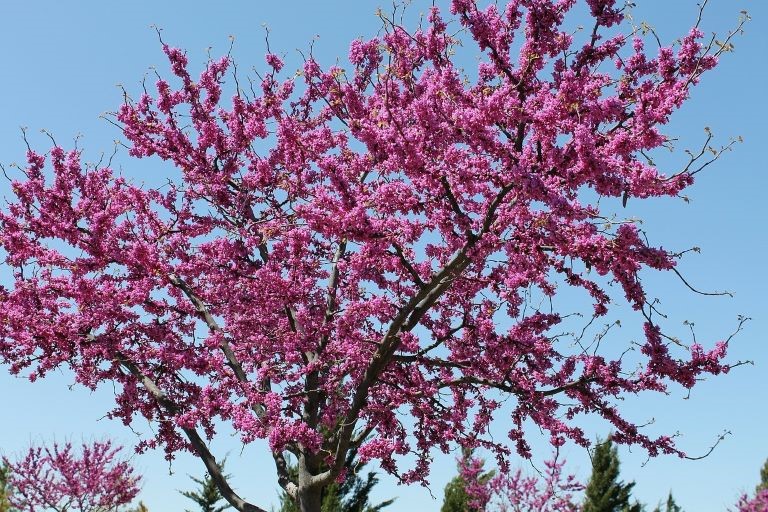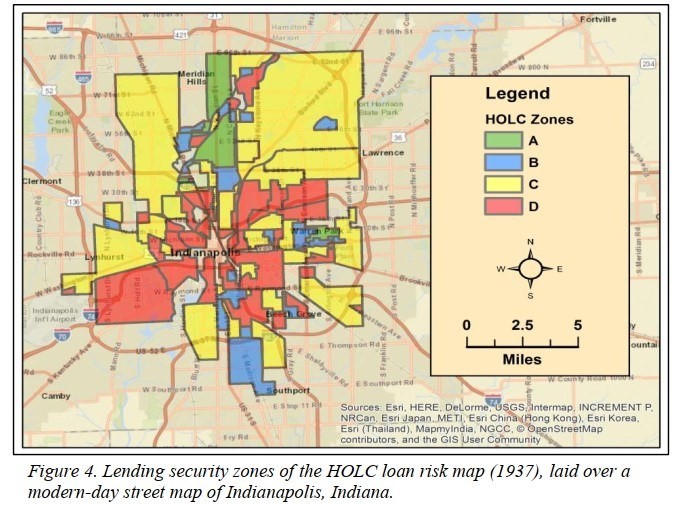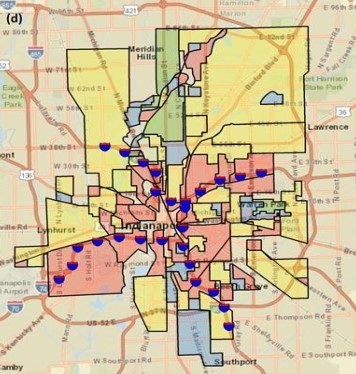September/October 2020- BUFRG Collaborators Sarah Mincey and Jess Vogt contribute to Forest Service Resource and Field Guides
Dr. Sarah Mincey and Dr. Jess Vogt were both contributing writers to two recent USDA Forest Service publications. Urban Tree Monitoring: A Resource Guide and Urban Tree Monitoring: A Field Guide are companion documents created to bring guidance for urban forestry professionals and citizen scientists regarding monitoring of tree and forest conditions. Topics covered include necessary data sets to collect and methodology for monitoring urban trees. Abstracts for each are included below.
Urban Tree Monitoring: A Resource Guide:
The guidelines proposed in Urban Tree Monitoring: A Resource Guide (hereafter referred to as the Resource Guide) were developed and refined over many years to address the need for standardized urban tree monitoring protocols. The Resource Guide provides in-depth guidance for urban forest managers and researchers who want to design and implement a tree monitoring project. This Resource Guide is a companion to Urban Tree Monitoring: A Field Guide; however, the Resource Guide can also be used on its own. The Resource Guide is divided into three parts. In Part I, we discuss (1) the varied goals of monitoring projects and how to match data collection to those goals, (2) the development of these urban tree monitoring standards, (3) types of monitoring projects, and (4) connections to other protocols for urban tree data collection. We offer guidance on methods for recording tree location, developing tree record identifiers, organizing spreadsheets and databases, choosing data collection systems, fostering research-practice partnerships, training crews, and managing fieldwork. In Part II, we present five monitoring data sets: Minimum Data Set, Tree Data Set, Site Data Set, Young Tree Management Data Set, and Community Data Set. We list study goals that could be addressed with each data set and descriptions of relevant variables. We also provide guidance regarding which variables are best suited for beginner and advanced crews. Lastly, in Part III we include appendices with additional resources for designing and implementing tree monitoring projects.
Urban Tree Monitoring: A Field Guide
This report provides detailed protocols for urban tree monitoring data collection. Specifically, we discuss the core variables necessary for field-based monitoring projects, including field crew identification, field crew experience level, tree record identifier, location, site type, land use, species, mortality status, crown vigor, and trunk diameter. The intent of this Field Guide is to serve urban forest managers and researchers who collect longitudinal field data on urban trees, as well as interns and citizen scientists. This report is a companion document to Urban Tree Monitoring: A Resource Guide.


















